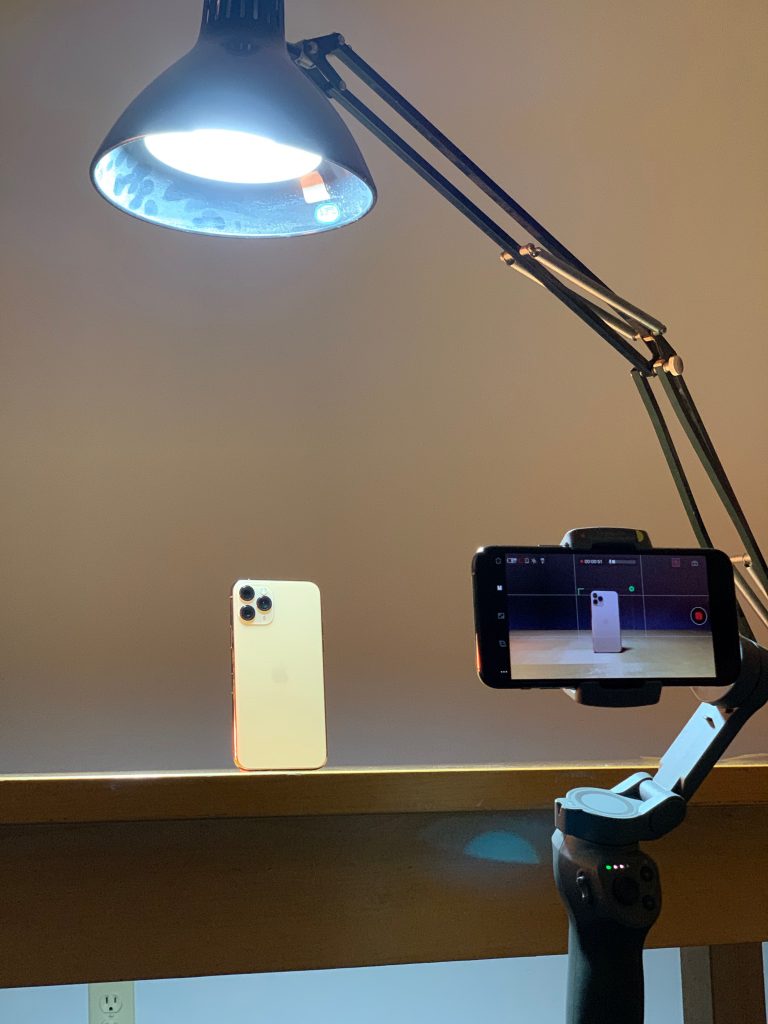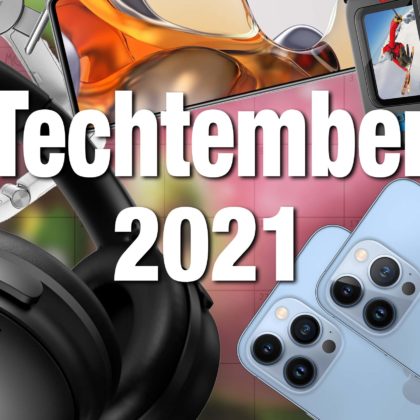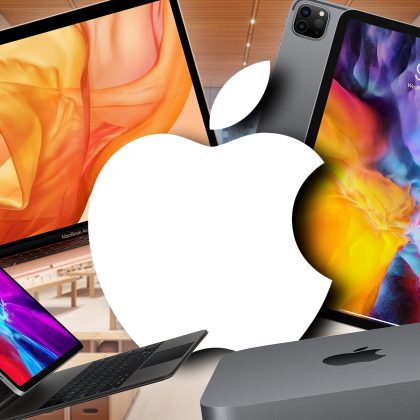Apple’s new iPhone 11 Pro is a lot like the previous generation. Sure you get a new processor and an updated matte finish on the back, but otherwise, it is an iPhone XS. Except for one noticeable difference: it has 150% more cameras on the back.
The iPhone 11 Pro’s triple camera setup is by far the phone’s standout feature. Sure — almost every Android phone maker did it first. In typical Apple fashion, they are late to the figurative smartphone feature party. Yet for the 2019-2020 iPhone, a feature that has existed on Android phones for over a year will be Apple’s top-selling point for their flagship phone.
That said, Apple is known for being able to make otherwise gimmicky features into truly useful tools. So I decided to put the iPhone 11 Pro’s new camera system to the test right away by filming an unboxing of itself — another iPhone 11 Pro.
Before we get to the results, go ahead and watch the end result for yourself.
Filming with the iPhone 11 Pro
So as you can tell from the video, most of the shots were filmed with the iPhone on a static tripod. Most of the shots were also with the 26mm or 52mm lens and everything was shot in either 4K/60fps or 4k/30fps.
Additionally, I used the DJI Osmo Mobile 3 gimbal and a camera slider to achieve some of the more cinematic shots, but I refrained from using any aftermarket lenses as that would affect image quality.

Using the iPhone 11 Pro instead of my full-frame mirrorless camera was both harder and easier than expected. It’s essentially a point-and-shoot camera with three prime lenses but lacks the traditional camera design (for better or worse).
The Good
- Touchscreen controls
- Phenomenal battery life (filmed for 4-5 hours without recharging)
- Different third-party camera apps offer customized layout
- Small and light
The Bad
- No dedicated manual focus
- Lack of flip out monitor
- Heavy dynamic range processing
- Minimum focus distance of 0.5X (13mm) camera needs to be reduced
Apple has advertised their iPhone for years as being able to replace a dedicated camera. In fact, feature films have even been shot only on the iPhone. With the iPhone 11 Pro, the 3 lenses offer filmmakers a wide variety of options in a very convenient form factor.
Is the iPhone 11 Pro worth it (as a smartphone)?
Priced starting at $999, the iPhone 11 Pro certainly isn’t cheap. Unless you are extremely into photography or videography, upgrading to it from the iPhone XS or X is not really worth it, especially with the removal of 3D touch.
Add in that the iPhone 2020 is expected to include many of the new features that people want — an in-display fingerprint sensor, 5G compatibility, USB-C, a new design, removal of the notch — and you have even more reason to try and make your current iPhone last another year.






Comments
Skydio unveils its Skydio 2 drone, a true competitor for the Mavic 2?
[…] Skydio 2’s main camera matches the new iPhone 11 Pro and the GoPro 8 on resolution and framerate with 4K/60fps recording capability. It can also do HDR […]
iPhone 11 Pro camera quality test vs iPhone X and iPhone XS
[…] is it like shooting with three cameras? Actually pretty helpful to be honest. Having the ability to shoot a scene with three 3 different focal lengths is […]
Comments are closed.